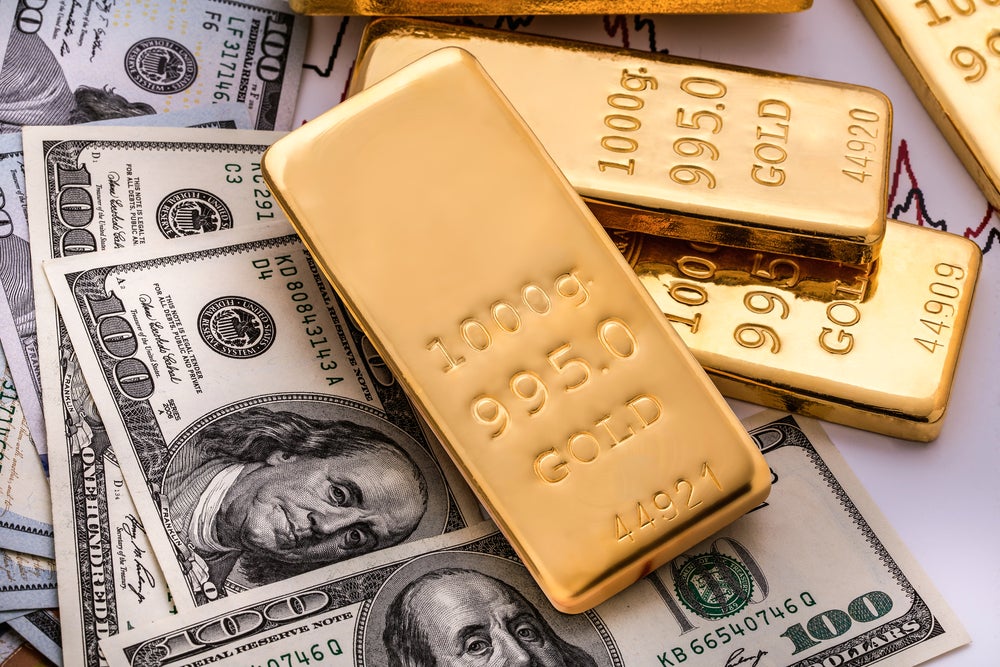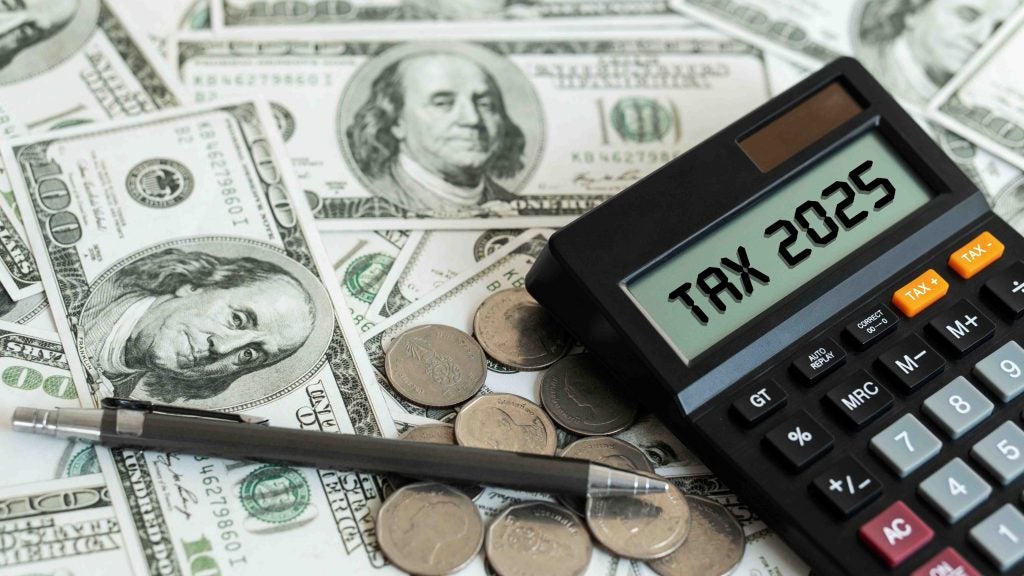
With the US Federal Reserve set for a much-anticipated interest rate cut, experts are assessing the impact on gold which is on track for a third consecutive month of gain.
Gold is well regarded as a hedge against inflation and market volatility. This year has seen the yellow metal rise to a six-year high of around $1430 an ounce, possibly driven by factors such as a slowing global economy, US-China trade tensions and widespread negative yields in the bond market.
“We believe the current environment justifies an allocation to gold in our client portfolios,” says Stéphane Monier, chief investment officer at Lombard Odier, says.
“We expect the combination of low government bond yields, uncertainty around US-China trade relations and a weakening US dollar to stay with us in the months to come.
“This is an environment supportive for both gold prices and gold’s effectiveness as a hedge.”
Gold and US interest rate cut
An interest rate cut of 25 basis points is expected by the Fed this week as a cushion against fears of a slowing economy. What impact would such a move have on the price of gold?
Carsten Menke, analyst at Julius Baer, has said “The gold market will focus more on the communication, whether the Fed leaves the door open for more interest rate cuts later this year citing global growth worries.
“This may lead to some upside in gold prices.”
However, some experts indicate that now may be the time to cash in on the gains that gold has enjoyed in recent months.
They argue that while some gold bull markets are driven by fundamentals such as the direction of interest rates and the strength of the dollar, this particular cycle is more likely to be based on speculation, pointing to surges in gold futures.
Maneesh Deshpand, strategist at Barclays, states: “Speculative flows do not have a consistent track record of forecasting future gold returns.”
Gold and economic slowdown
Thinking beyond the subject of a US interest rate cut to the broader fears of economic slowdown and a search for safe havens to protect wealth, gold will remain an area of interest.
Monier however points out that gold is not completely immune to external influences, as history indicates.
“A negative correlation between gold and equity should not be taken for granted. Furthermore, gold’s annualised volatility has historically been comparable to equity volatility.
“As such, adding gold to a multi-asset portfolio usually means adding to the overall portfolio risk, which is why it’s key that this allocation is tactically managed.
“In fact, there have been striking moments where gold did not protect portfolios against equity drawdowns, notably in the financial crisis in October 2008 where both gold and US equities dropped around 20% (on global de-risking of portfolios and forced sales by funds stuck with their illiquid credit positions).
“Nevertheless, gold quickly attracted flows again and recovered losses, gaining almost 35% when equity markets fell another 30%.”







